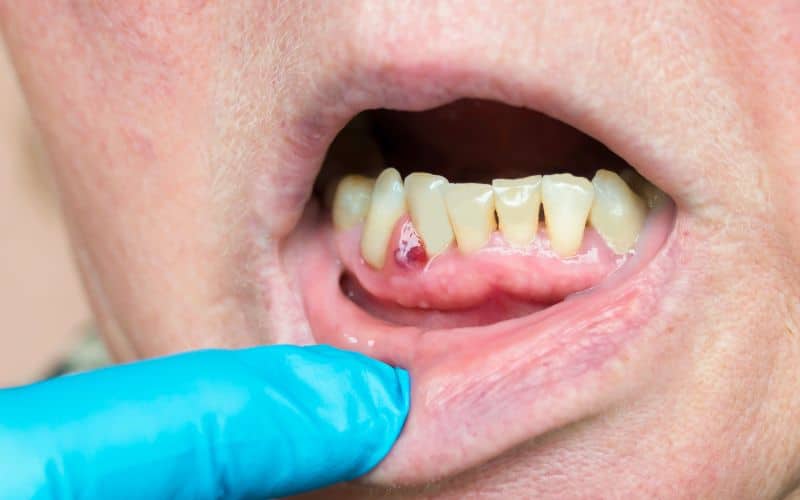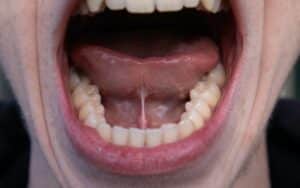Table of Contents
ToggleHow To Know If You Have Gum Disease And What You Can Do About It
We all know how essential it is to take care of our oral health. On every visit to the dentist, we are always reminded about the importance of brushing and flossing. This is because dental care is an essential part of our overall bone health and well-being.
Poor oral hygiene can lead to a variety of dental concerns, including cavities, tooth decay, and gum disease. It has also been linked to heart disease, cancer, and diabetes. If you’ve begun to experience any discomfort or unusual symptoms when it comes to your oral care, these could be warning signs of gum disease.
Here is everything you need to know about the early symptoms of this condition as well as what measures you can take to prevent and treat it so that you can have healthy gums for years to come.
The Earliest Symptoms Of Gum Disease
Gum disease is also known as periodontal disease. The condition occurs when bacteria and plaque begin to grow in your mouth. If it’s not properly treated, it can result in receding gums, loose teeth, and tooth loss. However, this doesn’t just happen overnight. It is important to recognize the signs of gum disease in the early stage so that proper treatment options can be determined and undertaken to avoid any permanent damage or infection. These symptoms and signs of the disease include:
- Excessive plaque and tartar build-up that isn't removed with daily brushing
- Red or swollen gums
- Tender gums that bleed
- Bad breath that won't go away
- Teeth that are sensitive to both hot and cold temperatures
- Teeth appear longer because the gum tissue is receding
- A change in the way your teeth fit together when you bite
While some symptoms of periodontal disease may not seem like a serious reason for immediate concern, neglecting your oral health could have a great impact on your teeth and mouth in the future. Not only could you be facing infection, but you could also experience the inability to keep your teeth in place.
What Is The Difference Between Gingivitis And Periodontitis?
Gingivitis and periodontitis are both a form of gum disease. However, the key difference between the two is the severity. Gingivitis symptoms, such as swollen gums, are early indicators of periodontal disease and can be reversed with proper care and treatment. Periodontitis involves tissue and bone loss and cannot be recovered or reversed. It is the more advanced and serious stage of the disease.
What Causes Periodontal Disease?
There are a variety of risk factors that contribute to gum disease. These causes include:
- Not maintaining regular dental care
- Smoking or chewing tobacco
- Medications such as steroids, contraceptive, and calcium channel blockers
- Crooked teeth
- Broken fillings
- Hormonal changes such as pregnancy or menopause
- Genetic factors
- Compromised immune system caused by conditions such as HIV/AIDS

How To Maintain Healthy Gums And Teeth
Any dental professional will tell you that the number one way to avoid gum disease is by flossing and brushing your teeth twice a day. When you floss and brush with fluoride toothpaste at least twice, you are ensuring your mouth is free from excessive plaque build-up, which causes bacteria to accumulate and eventually leads to gum disease. It is also important to regularly visit your dentist for deep cleaning.
If your gums are in bad shape, your dentist may recommend scaling and root planing or flap surgery. Your oral health should be one of your top priorities. Always practice good oral hygiene and be sure to contact a professional if you notice any changes in your teeth or gums.
Contact Hamilton Mountain Dental Group To Ensure The Health Of Your Teeth And Gums
If you are looking for advice, diagnosis, or treatment relating to gum disease, contact Hamilton Mountain Dental Group today! We want to ensure you have a lasting and healthy smile for years to come.




